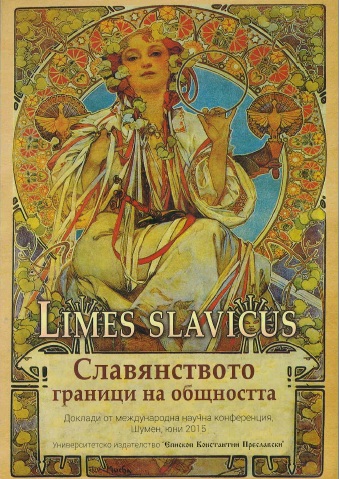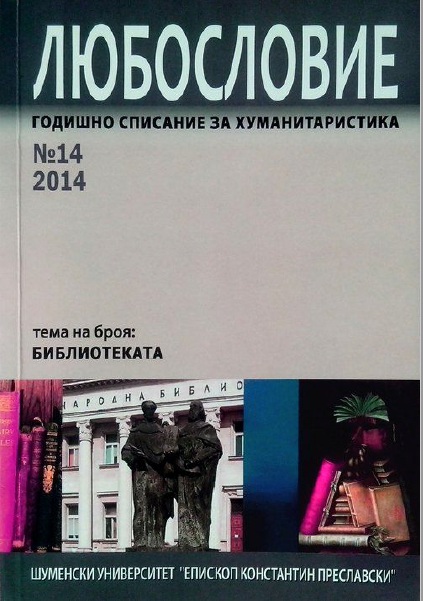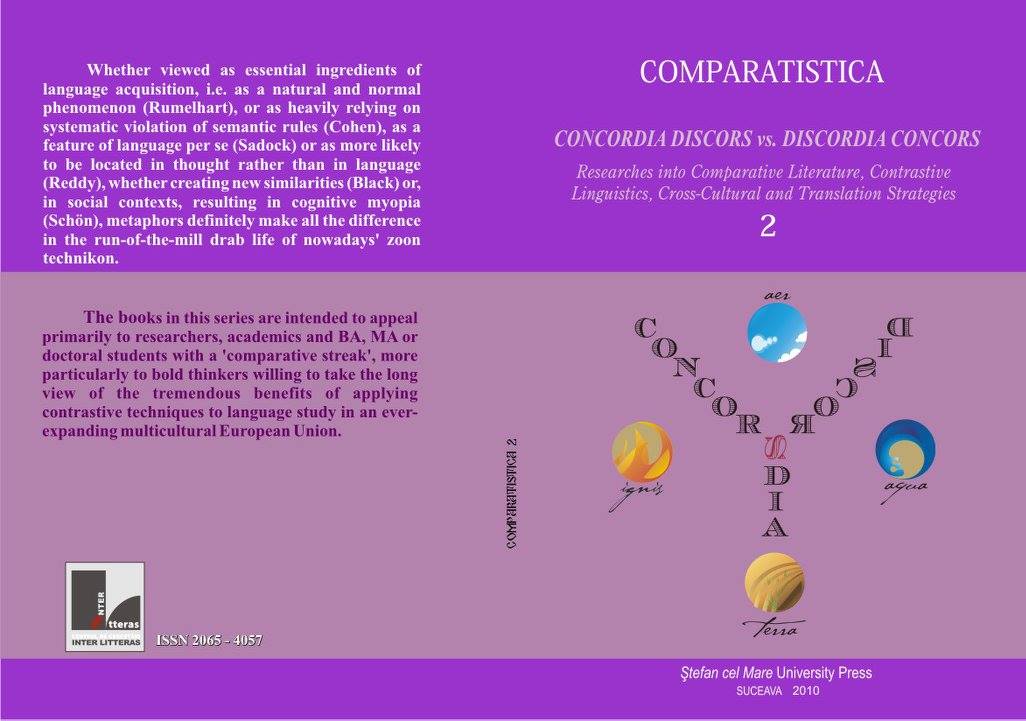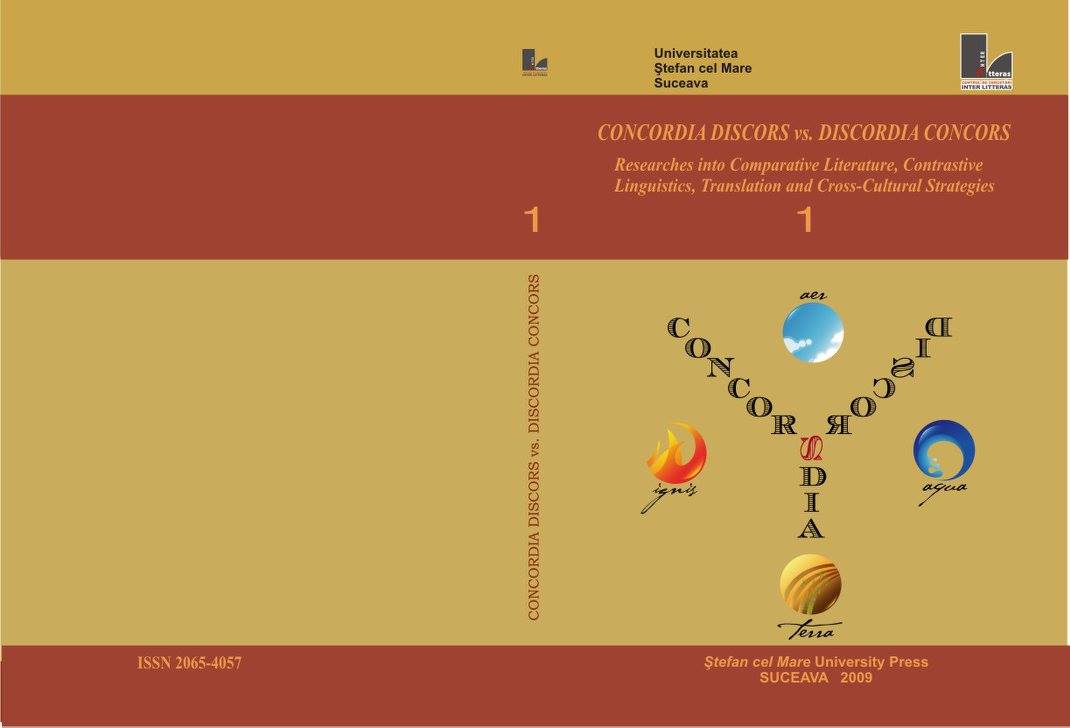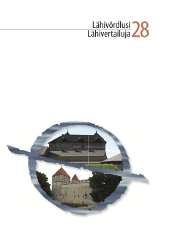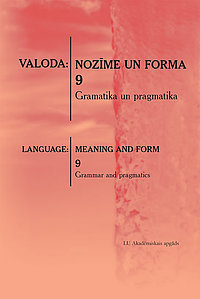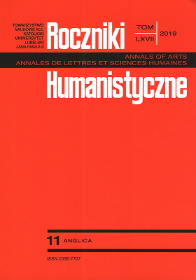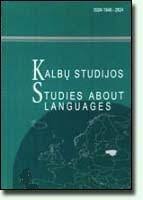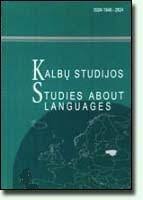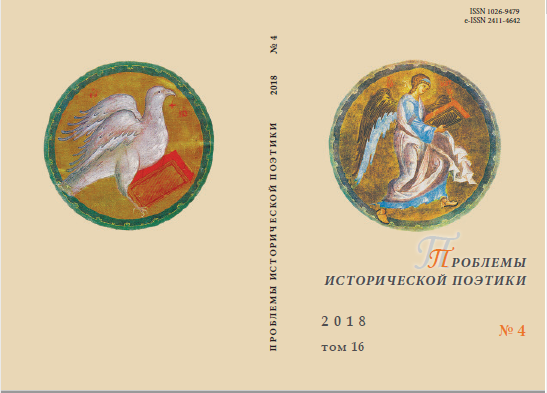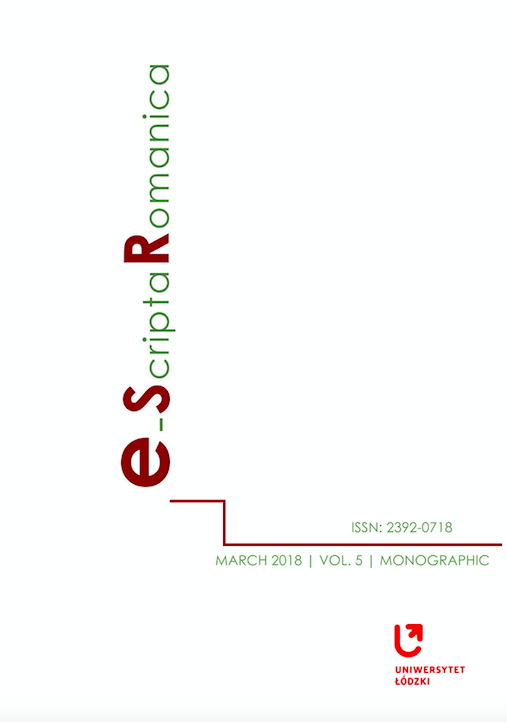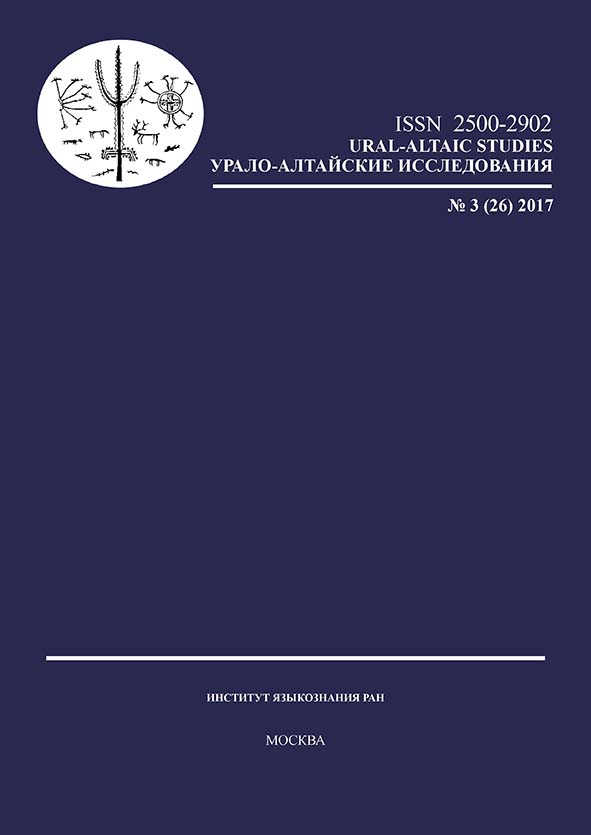
Ударение в непроизводных именах с однородным вокалическим составом в гыданском диалекте… тундрового ненецкого языка. Часть I. Фонетические слова с гласными нижнего и среднего подъемов
In the article the field data collected by the author during the work with native speakers of the Gydan dialect of Tundra Nenets in Gyda village (Tazovski municipal district, Yamalo-Nenets Autonomous Okrug) in September 2011. The article deals with the problems of suprasegmental phonetics of the Gydan dialect (the idiom of Gyda and the Gydan tundra of the Tazovski municipal district). The basic and secondary acoustic correlates of stress (word accent) in the underived nouns with homogeneous vocalic structure (with low and mid vowels) in the Gydan dialect are considered in the article. In the paper the combinatorics of the primary and secondary acoustic correlates of stress in the Gydan dialect is considered and the conclusion that the word accent in the Gydan dialect is expiratory and quantitative with tonal features is presented, i. e. The main acoustic correlates of stress are temporal, expiratory and tonal marking of a stressed vowel compared with the unstressed. While marking of a stressed vowel of the first syllable is mainly based on the expiratory emphasis, marking of a stressed vowel of the second syllable is mainly based on the temporal emphasis and tonal and expiratory marking is not obligatory.
More...
